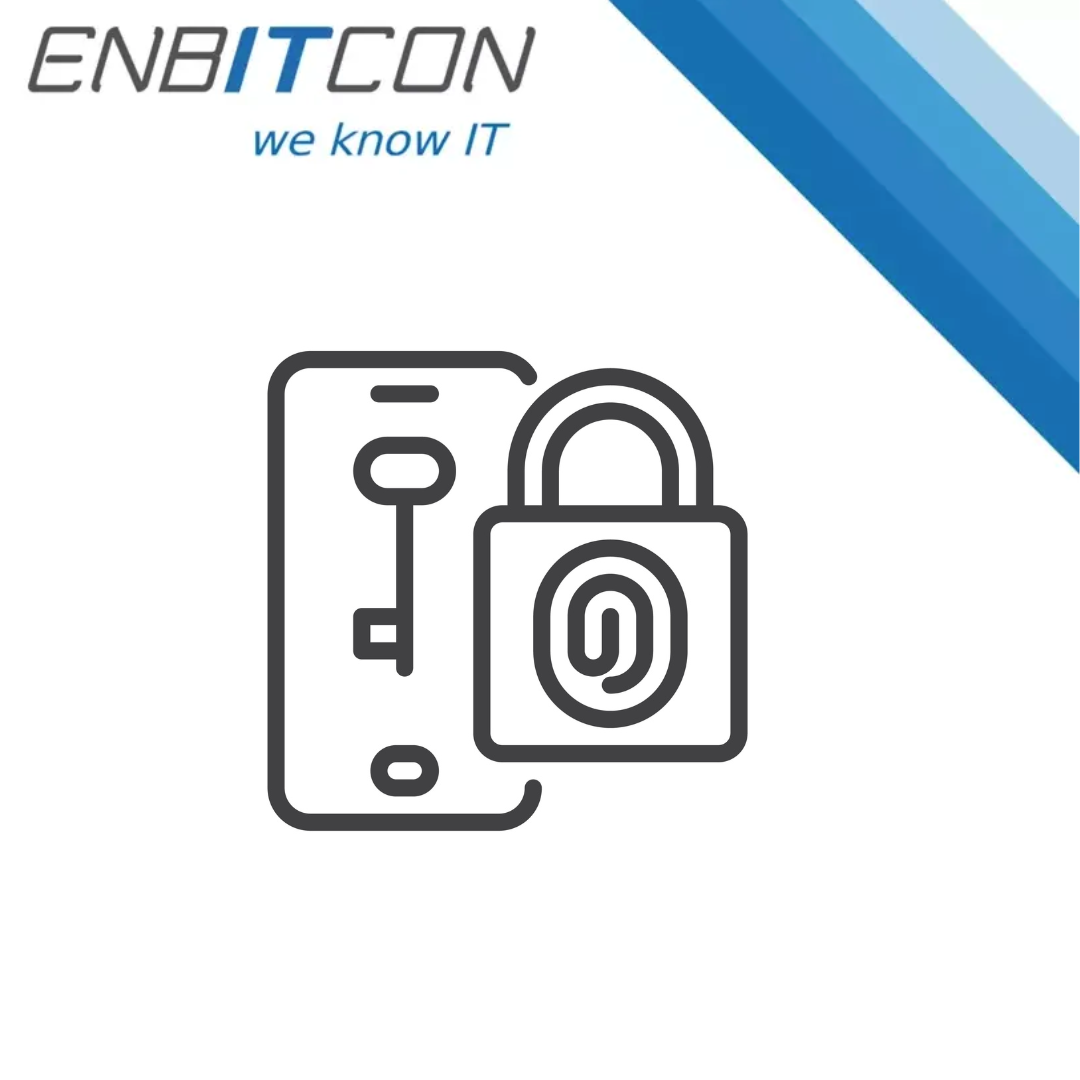
User Access Management und 2-Factor Authentication
Protecting user accounts and sensitive data is essential for businesses and organizations. Two key elements that contribute to securing IT systems are User Access Management (UAM) and 2-Factor Authentication (2FA). Together, they form a strong defense line against unauthorized access and data misuse. But why are these measures so important?
What is User Access Management?
User Access Management is a system that ensures users within a company only have access to the data and systems they need for their work. This includes tasks such as creating, modifying, and deleting user accounts, defining permissions based on user roles (Role-Based Access Control, RBAC), and tracking user activities to detect anomalies or misuse. UAM helps minimize risks arising from excessive access rights or compromised accounts.
Why is 2-Factor Authentication so crucial?
2-Factor Authentication complements traditional access controls by adding a second layer of security. In addition to the password (something the user knows), a second factor is required, such as: A physical device (e.g., a smartphone for an authenticator app), a biometric feature (e.g., fingerprint or facial recognition), a one-time password (OTP) sent via SMS or email. Even if an attacker steals a password, access is typically blocked without the second factor.
The Connection Between UAM and 2FA
The combination of User Access Management and 2FA provides companies with a doubly strong security net:
- Reducing attack risks: UAM defines access rights precisely, ensuring that only authorized users can access sensitive data. 2FA ensures that these users are who they claim to be.
- Protecting against insider threats: Even trusted employees can inadvertently contribute to security breaches, such as through phishing attacks. 2FA makes it harder for attackers to misuse stolen credentials.
- Meeting compliance requirements: Many data protection laws and industry standards, such as GDPR or ISO 27001, require robust access controls. The combination of UAM and 2FA helps meet these requirements.
- Quick response to incidents: UAM allows monitoring of user activities and detection of unusual behavior. Combined with 2FA, suspicious login attempts can be blocked immediately.
No Either-Or – UAM and 2FA Belong Together
UAM ensures that access to systems and data is controlled and monitored, while 2FA ensures that only authorized users gain access – even if passwords are compromised. Companies that combine these two measures invest not only in the security of their IT infrastructure but also in the protection of their trade secrets, customer data, and reputation. Security starts with trust – and this is significantly strengthened by UAM and 2FA.